10 novelties of road cycling in 2022
The return to normality after the previous two weird years has brought brands back to their usual product release cycle. We have compiled for you some of the most interesting bikes, components and accessories that 2022 has left us with.
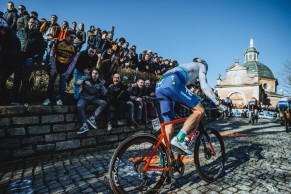
We review the brands' innovations in 2022
The cycling market does not stop and the ranges have to be constantly updated to keep the attention of those who practice this sport. Brands are always trying to improve on what already exists, although on some occasions, the fewest, they don't get it right.
More lightweight, more stiffness, better performance or products that make our cycling routes more comfortable is usually the mantra applied by the brands in the sector when updating their catalogs either with new additions or by replacing their references with new versions. These are some of the new products.
1. Scott Foil RC
RECOMENDADO

Black Friday 2025 cycling bargains: save on Garmin, POC, Maxxis and more

Black Friday Garmin 2025: the ultimate guide to choosing your GPS at the best price

Which profile wheels to choose according to the area where you live: mountain, flat or coast

How to wash your cycling clothes? 10 keys to make them always look new

Cycling can help you fight the effects of the time switch
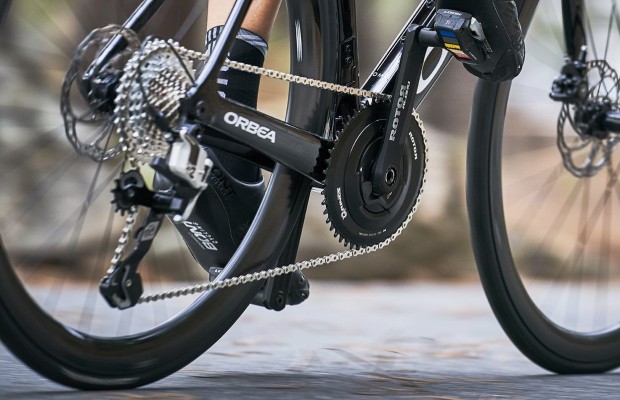
Important keys to make your training work
Spectacular remodeling of Scott's flagship. Its most aerodynamic bike undergoes a complete redesign to become the fastest road bike ever created by the brand and with simply tremendous performance in terms of stiffness and comfort.
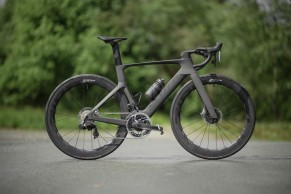
A bike in which Scott has resorted to the aerodynamics guru Simon Smart to make the most of the current UCI regulations, achieving a tremendously fast machine that we were lucky enough to test in depth and that did not leave us indifferent.
2. Shimano 105 Di2
Electronic gear-shifting system are spreading across the various ranges. More than 10 years ago, when Shimano became a pioneer in commercially launching a groupset of this type (before that, Mavic had tried unsuccessfully in the early 90s), the Japanese company claimed that mechanical shifting would remain a priority and that its Di2 was only a high-end product, but it has had to give up this philosophy, following the lead of its competitor, SRAM, which anticipated by bringing its AXS technology to the mid-range.
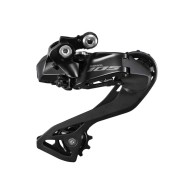 The Shimano 105 Di2 brings to the average touring cyclist the flawless performance that electronics brings to the bike's shifting and the practical absence of maintenance except for the replacement of wear components such as chain, cassette or derailleur pulleys. In addition, it practically equals the performance of the top-of-the-range groupsets, the difference between groupsets being established practically only in weight and, of course, in price.
The Shimano 105 Di2 brings to the average touring cyclist the flawless performance that electronics brings to the bike's shifting and the practical absence of maintenance except for the replacement of wear components such as chain, cassette or derailleur pulleys. In addition, it practically equals the performance of the top-of-the-range groupsets, the difference between groupsets being established practically only in weight and, of course, in price.
3. Ceramic Speed OSPW Aero
The quest for marginal gains for those who race and need to fine-tune every detail, no matter how subtle, knows no bounds. Something that was demonstrated in the run-up to the Giro d'Italia with the presence on many bikes of the new oversized pulley box presented by Ceramic Speed.

In addition to the benefits of power savings due to friction already provided by its OSPW pulleys, Ceramic Speed added an aerodynamic structure that enveloped the set and, although it only offered a gain of a few watts, it became common on the bikes of the professionals sponsored by the brand, such as the Astana cyclists, under the maxim of "everything adds up".
4. Specialized Diverge STR
Brands are increasingly devoting more and more resources to their gravel bikes, a discipline that long ago shook off the stigma of fad to clearly have its own entity today. The search for more comfortable bikes without losing the perception of being bikes capable of tackling long distances at a good pace continues relentlessly, despite the fact that many accuse the brands of reinventing mountain biking.
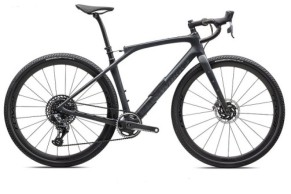
Specialized presented its new version of its Diverge, called STR in reference to the microsuspension system based on the flexing of the seat tube but softened by a small hydraulic system in addition to the one already used in the steering to absorb impacts on the front wheel. A design that increases the versatility of one of the most renowned bikes in the gravel segment.
5. Zwift Hub
It's been years since Zwift and the other virtual cycling platforms revolutionized our indoor training. A form of cycling that reached its peak during the confinement of the spring of 2020 and made many discover that behind the screen you could train very efficiently without having to suffer the rigors of bad weather or having to pedal at unusual hours.
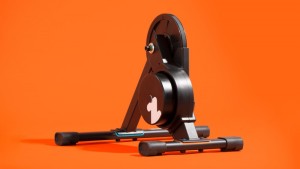
Now, Zwift is committed to launching its own turbo trainer designed to get the most out of its platform and with the incentive of having the most competitive price on the market while offering similar features to those of the most widely used models in this type of platform.
6. Vittoria Ultralight TPU
Although the use of tubeless tyres is becoming more and more common in the world of road cycling, there is still a majority of people who rely on the traditional tube and tyre system because it works well and is easy to repair in the event of a puncture mid-route.
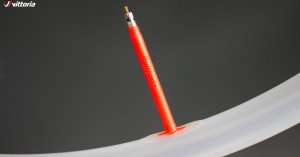
On the other hand, bicycle inner tubes have hardly evolved since their creation, until the last few years where the incorporation of polyurethane has made it possible to manufacture lighter and puncture resistant inner tubes. The latest to incorporate one of these tubes to its catalog has been the renowned tyre company Vittoria, a bet that promises to bring to the general public the benefits of this type of tubes that until now were only used by the typical minority that does not hesitate to experiment with the latest products.
7. Garmin Edge 1040
Today's GPS cycling computers offer us features that we couldn't even imagine a few years ago on our personal computers. For those who love data and for those who are looking for a device that allows them to explore and venture fearlessly into unknown terrain comes the latest version of the Garmin 1000 series.
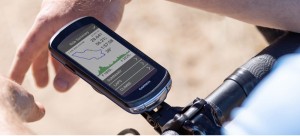
Dozens of data fields, maps and advanced navigation options and, above all, a great autonomy, extendable if we opt for the solar version, make the new Garmin Edge 1040 the perfect choice for those who love long distances.
8. Trek Madone SLR
Taking aerodynamics to other levels often requires manufacturers to opt for groundbreaking designs in their new bikes. Such is the case of the new Trek Madone that we discovered during the Critérium du Dauphiné and that surprises with the unique design of its intersection between seat tube, seat stays and top tube.
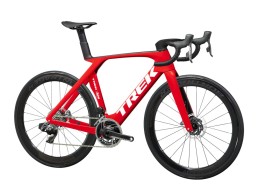
Trek has left a hole in this area that works in a similar way to the diffusers in racing cars, which in addition to achieving less resistance also replaces its IsoSpeed absorption system, leaving the saddle support suspended in the air. Aerodynamic improvements are complemented by the incorporation of a new handlebar, inspired by gravel models, which has a slight flare in the lower area, so that the rider is narrower when gripping the handlebars.
9. Selle Italia SLR Boost 3D
3D printing technology is increasingly present in the world of bicycles and has gone from being a mere resource for rapid prototyping to directly producing final products with features that are impossible to achieve through other construction methods.
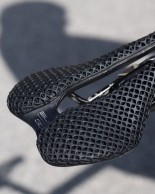
Saddle manufacturers have been some of those who have best taken advantage of this manufacturing system, which, according to those who have tested saddles made in this way, achieve excellent results. The latest to add a 3D saddle to its range was Selle Italia, which presented a version of its famous SLR made by printing to achieve the best balance between cushioning and firmness.
10. Roval Rapide and Alpinist CLX II
After a long wait, Specialized finally evolved its top-of-the-range wheels, both the aerodynamic Rapide model and the Alpinist climbers, to incorporate tubeless technology. A possibility of using tubeless tyres that these wheels did not yet have, as the brand considered that they were not capable of achieving the required level of resistance.
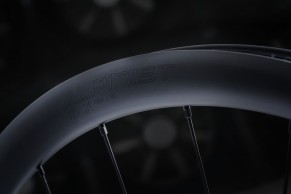
Finally, after a long development, Specialized launched the new version of its flagship wheels, highlighting in the case of the Alpinist its spectacular weight of 1,265 g the pair, weight that does not grow much in the fast Rapide despite having the latter with a tremendous profile of 60 mm in the rear wheel and 51 mm in the front.